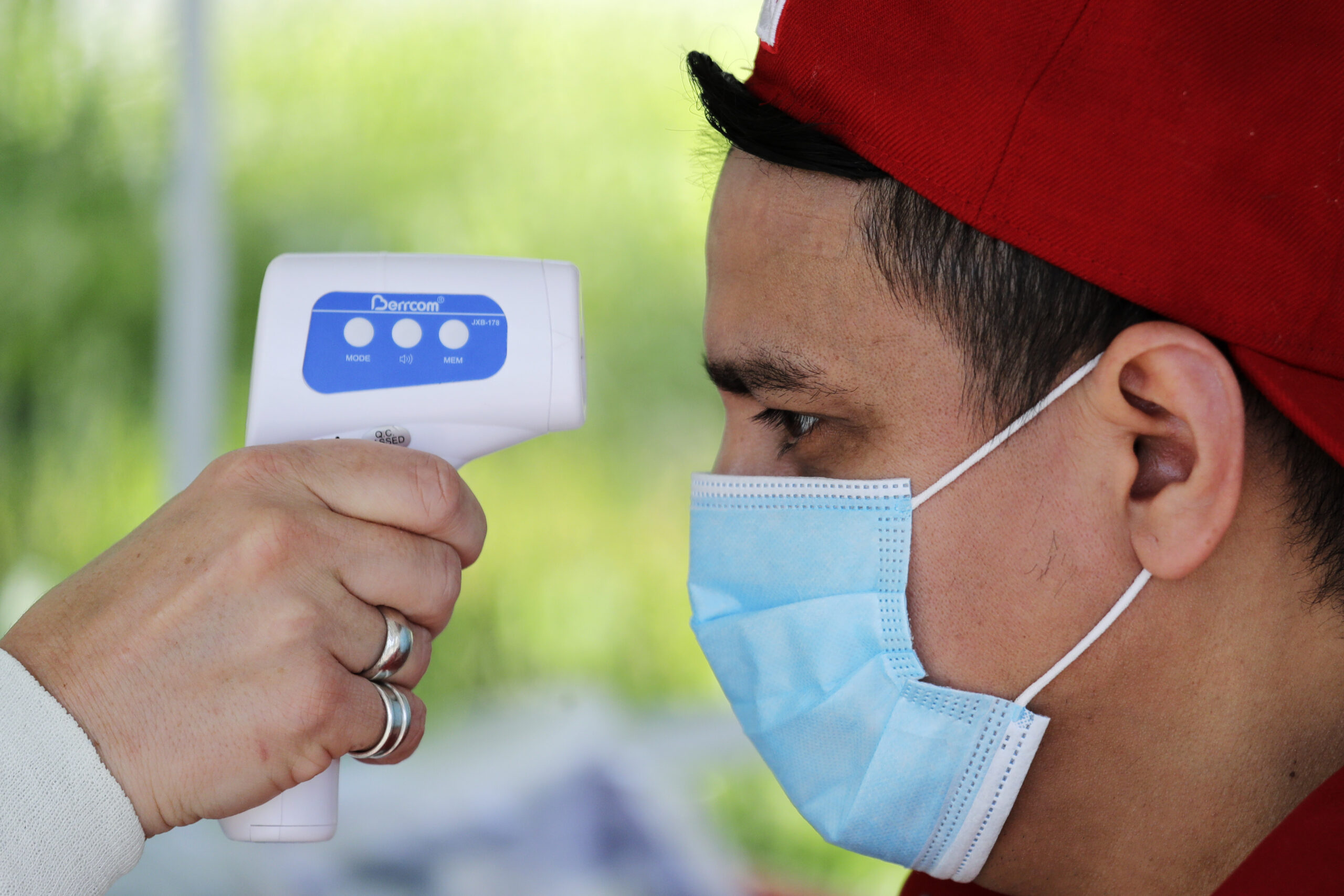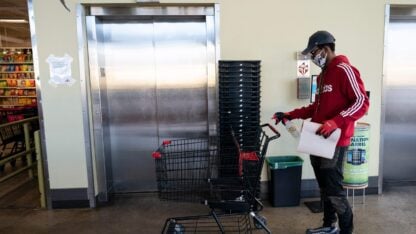Updated Wednesday at 4:12 p.m.
The latest report from the White House Coronavirus Task Force, obtained by WABE, says the state had the 12th highest rate of new infections per 100,000 people in the country. Just a few weeks ago, Georgia led the country in new cases.
“Progress is evident and needs to continue and ensure no reversal of hard-fought gains,” the report reads.
The document, dated September 9th, also says Georgia’s test positivity continues to decline for the third week in a row. The state is now 19th in the nation for that metric.
But the Task Force warns that Georgia’s recent progress in slowing coronavirus transmission could be reversed as cases rise on college and university campuses.
The University of Georgia in Athens has seen a surge in cases as students have returned to campus for in-person learning.
In numbers published Wednesday, school officials announced more than 1,400 new cases reported from August 31 through September 1. Only a handful of cases were among faculty and staff members.
“The rising number of positive tests for students last week is very disturbing,” said President Jere W. Morehead in a press release where he also reminded students to follow public health rules put in place on campus. “Each of us must make sound decisions in the coming days and weeks so that we can turn the trajectory, as we have seen at other institutions in the state.”
This week, UGA announced an increase in testing capacity for people without symptoms–bumping up the number of slots from 350 to 460 every weekday–and a new focus on collecting samples at random.
But more testing doesn’t necessarily lead to less disease spread, especially in settings such as college campuses. The University of Illinois at Urbana-Champaign saw COVID-19 cases spike despite having one of the most robust testing systems in the country.
The White House says communities where schools are located should consider “a further reduction in hours and occupancy limits in bars and restaurants” if cases continue to rise.
The Task Force also points out a decline in diagnostic testing for a third week in a row. In the week leading up to its report, viral tests performed fell more than 20%. That follows drop-offs of about 10% and 16% in previous weeks.
When asked to respond to the decline in testing, Governor Brian Kemp’s office referenced a report from the Georgia Department of Public Health, which only lists the total number of tests completed in the state.
The agency does track trends in testing on its COVID-19 daily status report, which shows a considerable drop in tests performed since late July.
“There are many possible reasons for the decline in testing, which is happening around the country,” said Nancy Nydam, a DPH spokesperson, in a written statement. It is not a question of availability of testing, especially when you consider the number of private providers or sites offering COVID-19 testing.”
Still, the drop is worrying to some closely following the pandemic in Georgia.
“I’m sort of shocked that testing numbers have gone down,” said Dr. Carlos del Rio, who studies infectious diseases at Emory University.
State officials, he says, need to do more to make testing more accessible to people who might rely on public transportation or members of minority communities, who are disproportionately impacted by COVID-19. Failure to do so, del Rio says, could lead to missed diagnoses and more disease spread.
“It impacts transmission,” he continued. “A lot of people are asymptomatic or just mildly symptomatic but they’re still capable of infecting others. So, we’ve got to test those individuals so we can isolate them.”










